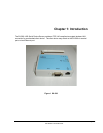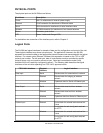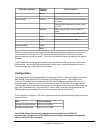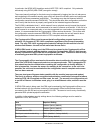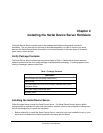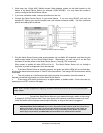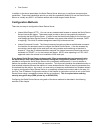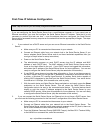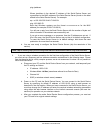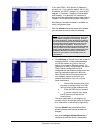
Chapter 3
Configuring the Serial Device Server
This chapter describes the methods for configuring the basic settings of the Serial Device Server,
including the IP address, serial port settings, and wireless security. The Serial Device Server also has an
extensive range of advanced configuration capabilities that are described in Chapter 5, Appendix A, and
Appendix B. The Serial Device Server configuration should be done by a network administrator or
another person with technical knowledge of TCP/IP networking and serial communications.
Basic Configuration Requirements
In order to use the Serial Device Server, the following basic parameters must be configured:
TCP/IP Settings:
• IP Address
• Subnet Mask
• Router Address
Note: The TCP/IP settings can be automatically configured using DHCP.
Wireless Configuration Settings:
• SSID
• Mode (Infrastructure or Ad Hoc)
• Channel (required only if using Ad Hoc mode)
Security Settings:
• Wireless Encryption Mode (WPA2, WPA, WPA2-WPA, WEP)
• Wireless Encryption Settings
• Wireless Authentication Mode (WPA-PSK, Open System, Shared Key, TTLS, TLS, LEAP, PEAP)
• Wired Authentication Mode (TTLS, TLS, PEAP)
• Authentication Settings
Note: There are numerous possible encryption and authentication settings, and every network can
have different settings. Please refer to Appendix A for a detailed summary of these settings.
Serial Port Settings (must match the settings of the attached serial device):
• Baud Rate (Speed)
• Parity
• Character Size
Configuring the Serial Device Server Silex Page 11
Part Number 140-00188-210A



